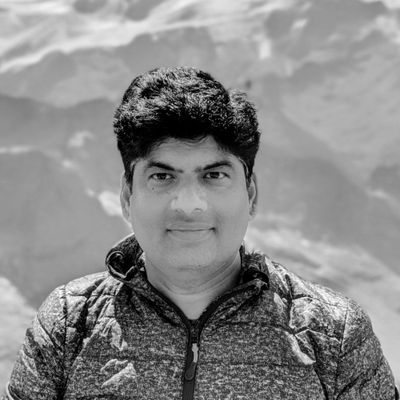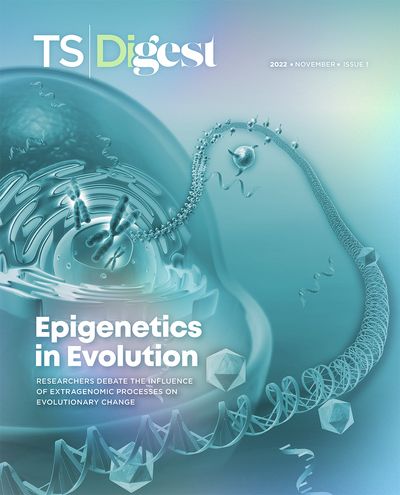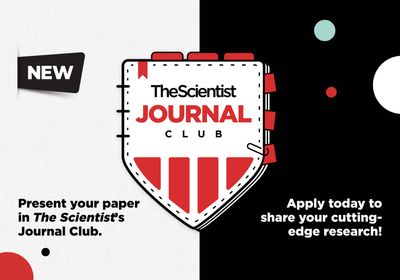ABOVE: © SHUTTERSTOCK.COM, AM-STUDIO
Humans have likely been hoarding and fiercely guarding resources since the start of recorded history. Those with access to resources and the means to defend them typically have a higher chance of survival. This tactic and the hostility it engenders are still part of the human psyche, and currently extend into scientific spheres. Just like greedy Gollum tirelessly seeking and defending the One Ring in J.R.R. Tolkien’s The Lord of the Rings, some researchers possessively guard precious study sites, model organisms, research topics, and even entire scientific fields. These Gollums of the academic ivory tower are willing to defend their “rings” at all costs, preventing other competitors from getting too close to their research arena and severely hindering scientific progress along the way.
In one of the best-known cases of academic rivalry, paleontologists Othniel Charles Marsh and Edward Drinker Cope took this Gollum effect to the extreme with turf battles that became known as the “Bone Wars.” Across the second half of the 19th century, these researchers resorted to bullying, sabotage, theft, and even the destruction of rare fossils and precious research sites to hinder access and prevent each other from making scientific discoveries in newly unearthed and fossil-rich bone beds in the American West. While the Bone Wars represent a somewhat severe example, cases of bullying, harassment, gatekeeping, and threats are all too common experiences for many in today’s research community. Although this issue is rarely discussed, a recent opinion piece coauthored by one of us (J.V.) hopes to bring the Gollum Effect into the light and encourage victims of such behaviors to discuss their past experiences so we can come together to find solutions.
The published article was originally written after the authors and their colleagues, in their academic studies and early careers, had run-ins with several Gollums. This included supervisors using their positions of power to claim authorship for work they were not involved in or to discourage colleagues and other scientists from conducting experiments that they believed only they had the right to conduct. Things sometimes turned more acutely abusive, as with a particular mentor who had no direct connections with a research project, but went out of their way to thwart the research plans. In our view, this person did this because they were already working on the target species—a particularly charismatic species that was garnering a lot of grant money. In another situation, a senior scientist with a more defined territory in a particular field of research successfully plagiarized the ideas and data of a colleague, attempting to claim them as their own. In both cases, the junior researchers involved decided to keep their heads down and voices low, deeply anxious that any noise would jeopardize the projects they had planned and prepared for years and maybe even compromise their careers.
Gollums of the academic ivory tower are willing to defend their “rings” at all costs, preventing other competitors from getting too close to their research arena and severely hindering scientific progress along the way.
In another example, a young scientist submitted a research paper, the culmination of years of hard work and long nights, to a highly regarded journal. Months later they received an email containing reviews and eagerly began reading. However, instead of the expected constructive feedback, they found that one of the reviewers levied an extremely harsh and disparaging review. The reviewer not only attacked the work but lobbed personal criticisms at the author as well. While journal editors often ignore such ad hominem attacks and let the review stand, this particular editor realized the negative review represented the resource guarding of a Gollum and did not reflect the quality of the work. The editor-in-chief of the journal got personally involved and contacted the reviewer, letting them know that their tone and accusations were inappropriate, that their attitude ran contrary to the advancement of science, and that they would not be invited to serve as a reviewer again. In this case, the journal’s editorial team was extremely helpful and supportive. Nevertheless, for someone just starting their professional career, such reviews can be demoralizing and can lead young authors to question their value as researchers. Situations like these have the potential to lead individuals not only to give up their specific research aspirations, but to leave science entirely.
Sometimes the damage of a Gollum’s behavior can extend beyond individuals. For example, our colleagues in Asia have observed that whole research institutions, local and international NGOs, government agencies, and even foreign aid/development organizations can often behave like Gollums. This is common for popular and well-known study areas, such as UNESCO World Heritage Sites, or universally charismatic species such as tigers. This means that resources, mainly funding and financial incentives, become scarce and often controlled by a few individuals or groups, further creating power imbalances. We have found that corruption, nepotism, and steep hierarchies, in both academic and government systems, only serve to feed the Gollum.
These dynamics affect not only future generations of researchers but also the future of scientific pursuit. As we are all part of the scientific community, combating this issue requires systemic change and collaborative action by all of us, regardless of position or power. By encouraging a culture of ethical research etiquette and removing unjustifiable roadblocks, we can keep researchers excited about science and foster an environment where anyone can freely study the subject they are passionate about. However, to fully bring about a paradigm shift and increase scientific openness, we must first be open and comfortable talking about our own experiences. Sparking an honest conversation about this issue can eventually lead to a new era in which science is practiced fairly and the pursuit of discovery is accessible to all.
Jose Valdez and Sandeep Sharma are postdoctoral researchers at the German Centre for Integrative Biodiversity Research (iDiv) Halle-Jena-Leipzig.








